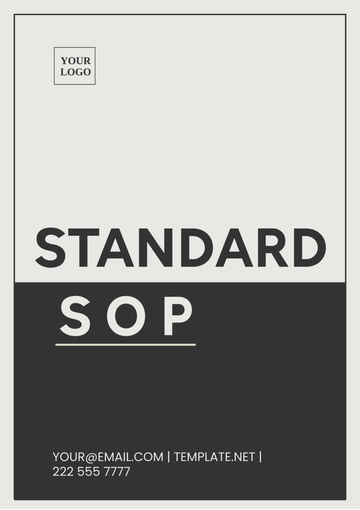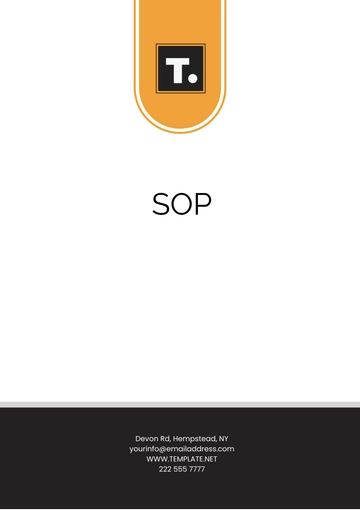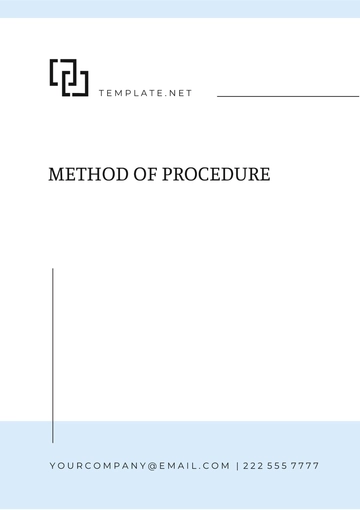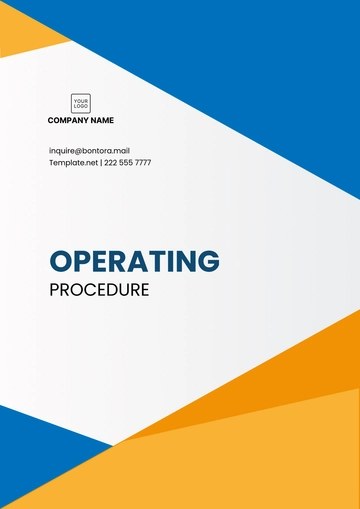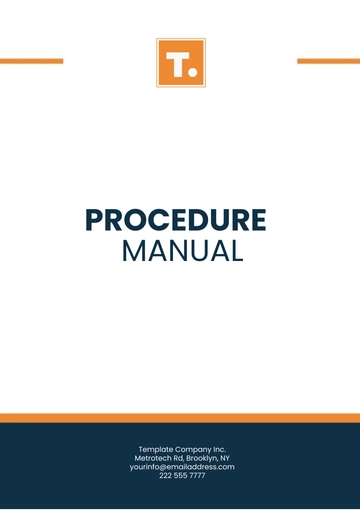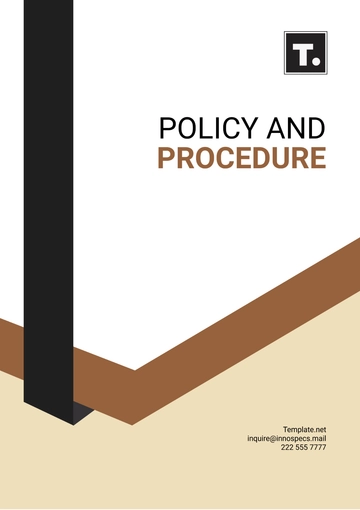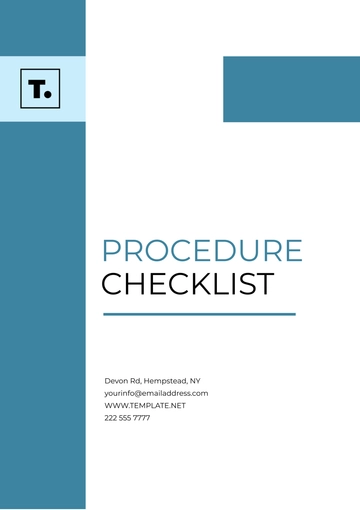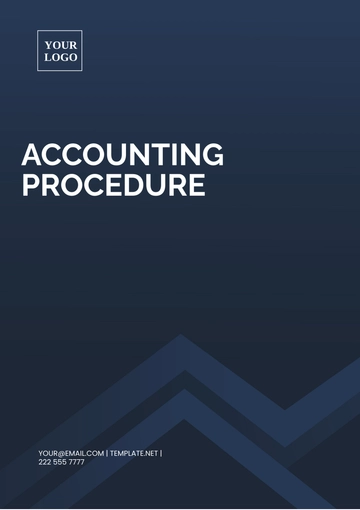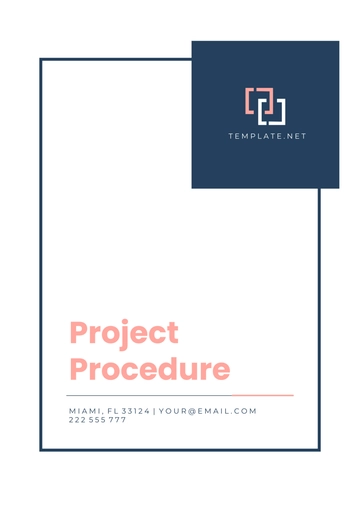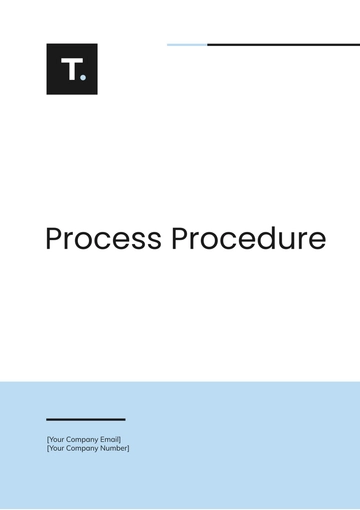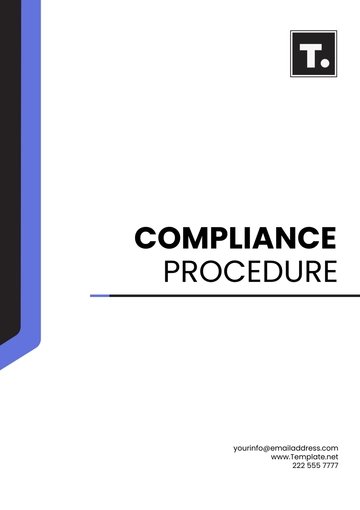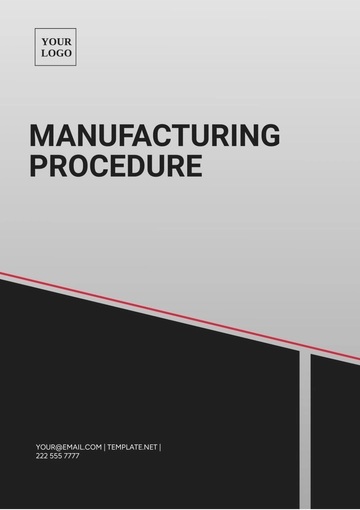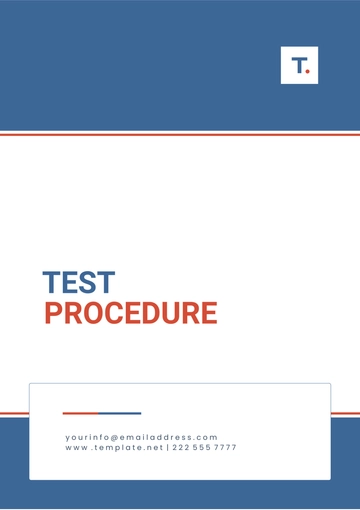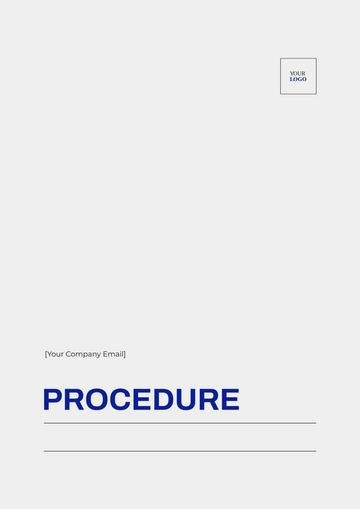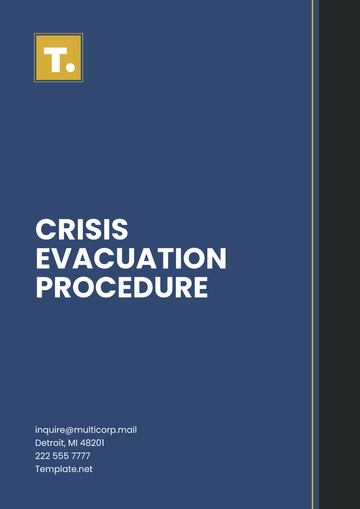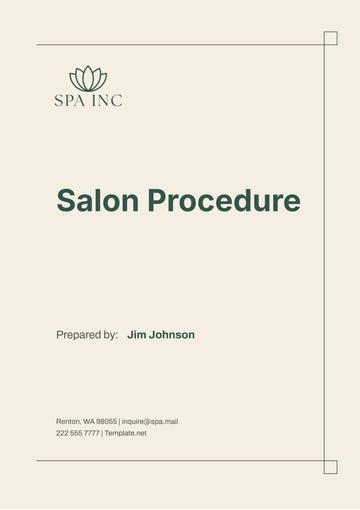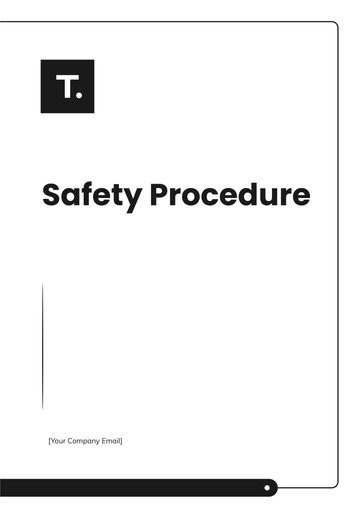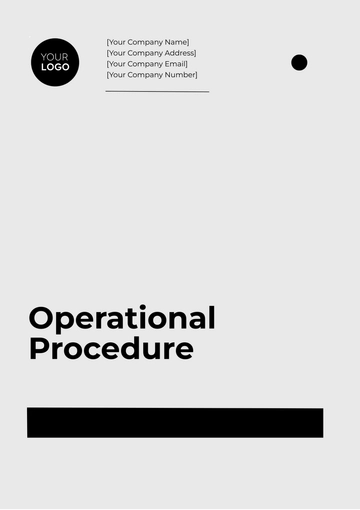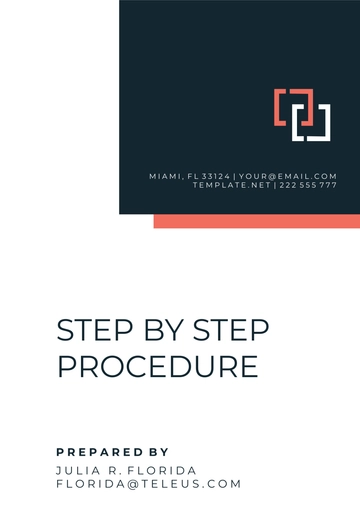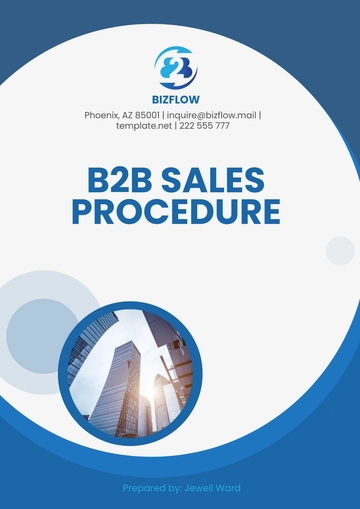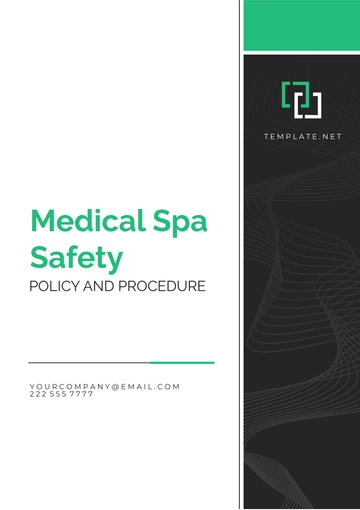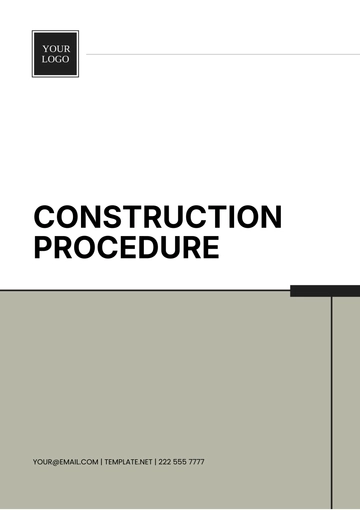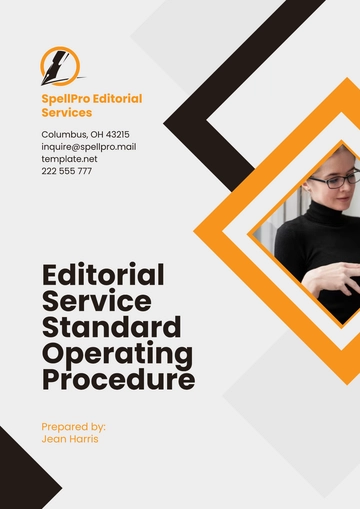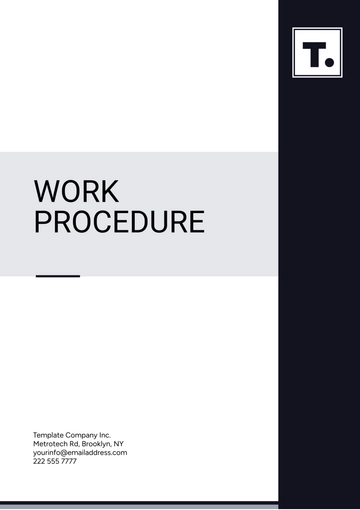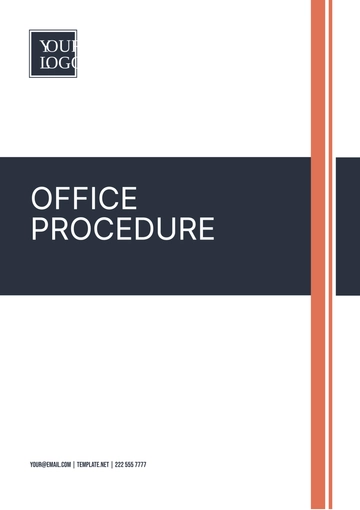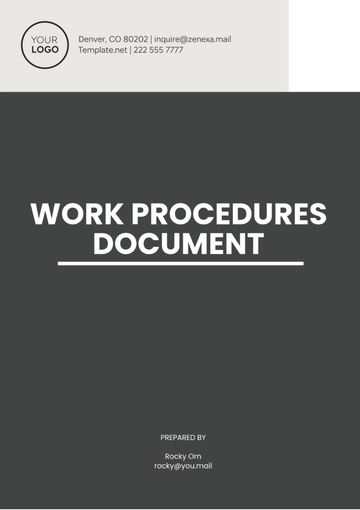Free Car Rental Maintenance Procedure
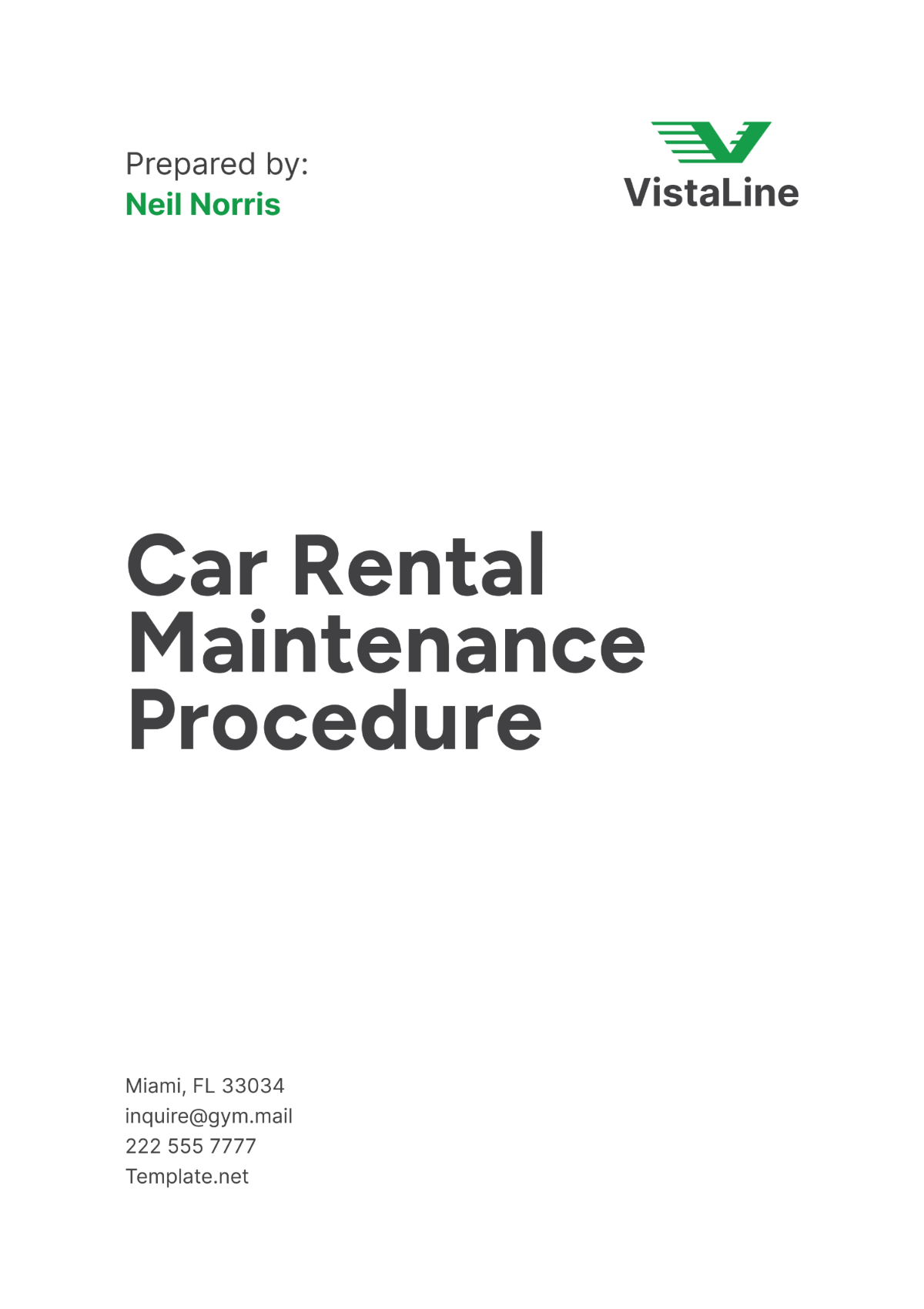
I. Introduction
Our Car Rental Maintenance Procedure is designed to ensure that all vehicles in our fleet are maintained to the highest standards of safety, reliability, and cleanliness. This procedure applies to all employees involved in the rental process, including management, maintenance teams, and rental agents, as well as providing guidelines for customer responsibilities. By following this procedure, we aim to provide our customers with a seamless and safe rental experience while prolonging the life and value of our vehicles.
II. Roles and Responsibilities
A. Management
Management is responsible for overseeing the implementation of the maintenance procedure, ensuring that all staff members are adequately trained, and that the necessary resources are available to carry out maintenance tasks. Management must also regularly review maintenance records and schedules to ensure compliance with company policies and regulatory requirements.
B. Maintenance Team
The maintenance team is tasked with performing all scheduled and emergency maintenance tasks, conducting pre- and post-rental inspections, and keeping detailed records of all work performed. They must ensure that all maintenance is carried out according to the established schedules and guidelines, and that vehicles are always maintained in a roadworthy condition.
C. Rental Agent
Rental agents are responsible for conducting initial vehicle inspections before handing over the vehicle to customers and performing post-rental inspections upon the vehicle’s return. They must accurately document the condition of the vehicle and report any issues to the maintenance team for immediate action.
D. Customer
Customers are responsible for reporting any issues or damages encountered during the rental period promptly. They must adhere to the terms and conditions of the rental agreement, including returning the vehicle in a clean and undamaged condition. Customers are also encouraged to perform basic checks, such as monitoring fluid levels and tire pressure, during their rental period.
III. Scheduled Maintenance
Scheduled maintenance is essential to ensure that our vehicles remain safe and reliable for our customers. The following table outlines the routine maintenance schedule for our fleet:
Maintenance Task | Frequency |
|---|---|
Oil Change | Every 5,000 miles |
Tire Rotation and Balancing | Every 5,000 miles |
Brake Inspection | Every 10,000 miles |
Fluid Level Checks | Monthly |
Air Filter Replacement | Every 15,000 miles |
Battery Check | Every 6 months |
IV. Pre-Rental Inspections
A. Exterior Inspection
Before each rental, a thorough exterior inspection is conducted to ensure the vehicle is free from damage and in good condition. The following guidelines should be followed during the exterior inspection:
Check for dents, scratches, or other damage to the body.
Inspect the condition of the tires, including tread depth and air pressure.
Ensure all lights (headlights, tail lights, brake lights, turn signals) are functioning correctly.
Verify that the windows and mirrors are intact and clean.
B. Interior Inspection
The interior inspection ensures that the vehicle is clean and all interior components are functioning properly. The following guidelines should be followed during the interior inspection:
Check the cleanliness of the seats, carpets, and dashboard.
Verify that all dashboard warning lights are off and that there are no error messages.
Ensure that the seat belts are functional and in good condition.
Confirm that all interior lights are working correctly.
C. Functional Checks
Functional checks are essential to ensure that all operational aspects of the vehicle are in working order. The following guidelines should be followed during functional checks:
Test the air conditioning and heating systems.
Check the operation of power windows and mirrors.
Verify the proper functioning of the windshield wipers and washer fluid.
Test the audio system and other electronic components.
V. Post-Rental Inspections
A. Exterior and Interior Inspections
After each rental, a comprehensive exterior and interior inspection is conducted to assess the vehicle's condition and identify any new damage or excessive wear. The following guidelines should be followed during the post-rental inspection:
Check the exterior for new dents, scratches, or other damage.
Inspect the tires for any damage or wear beyond normal use.
Examine the interior for cleanliness and any new stains, tears, or other damage to seats and carpets.
Verify that all dashboard warning lights are off and that there are no error messages.
B. Recording Any Damage or Excessive Wear
Any damage or excessive wear identified during the post-rental inspection must be accurately documented. The following guidelines should be followed:
Use the damage report form to note the location and extent of the damage.
Take clear photographs of the damage for documentation purposes.
Record the odometer reading and note any dashboard warnings or error messages.
Submit the damage report to the maintenance team for further assessment and repair.
C. Cleaning and Detailing Process
Ensuring that each vehicle is thoroughly cleaned and detailed before the next rental is essential. The following guidelines should be followed during the cleaning and detailing process:
Vacuum the interior, including seats, carpets, and mats.
Clean and disinfect all interior surfaces, including the dashboard, steering wheel, and door handles.
Wash the exterior, ensuring all dirt and grime are removed.
Polish and wax the exterior to maintain the vehicle’s appearance.
D. Restocking Vehicle Supplies
Each vehicle must be restocked with necessary supplies before the next rental. The following guidelines should be followed:
Refill the windshield washer fluid and check other fluid levels.
Ensure that the first aid kit is complete and up-to-date.
Check that emergency tools, such as the jack and spare tire, are present and in good condition.
Restock any other supplies as required by company policy.
VI. Preventive Maintenance
Preventive maintenance is critical for preventing breakdowns and extending the lifespan of our vehicles. The following table outlines key preventive maintenance tasks and their intervals:
Task | Frequency |
|---|---|
Comprehensive Vehicle Inspection | Every 6 months |
Engine Tune-Up | Every 30,000 miles |
Transmission Service | Every 60,000 miles |
Cooling System Service | Every 2 years |
Exhaust System Inspection | Annually |
Suspension and Steering Check | Annually |
VII. Emergency Maintenance Procedures
A. Handling Breakdowns and Repairs
In the event of a vehicle breakdown, immediate action is required to ensure the safety of our customers and the vehicle. The procedure involves contacting the maintenance team or designated roadside assistance provider, who will assess the situation and arrange for necessary repairs.
B. Towing and Recovery Process
If a vehicle cannot be repaired on-site, towing and recovery will be arranged. This involves contacting our approved towing service, providing them with the vehicle's location and details, and ensuring the vehicle is safely transported to our designated repair facility.
C. Temporary Replacement Vehicle Procedure
To minimize inconvenience to our customers, a temporary replacement vehicle will be provided when a breakdown occurs. The following guidelines should be followed:
Verify the availability of a suitable replacement vehicle.
Ensure the replacement vehicle is clean, inspected, and ready for use.
Complete the necessary paperwork to transfer the rental agreement to the replacement vehicle.
Provide clear instructions to the customer regarding the use of the replacement vehicle.
VIII. Vendor Management
Vendor management ensures that all maintenance and repair services meet our quality standards. The following table lists our approved vendors and the agreements in place:
Vendor | Agreement Type |
|---|---|
Maintenance and Repair Services | |
Towing and Recovery Services | |
Cleaning and Detailing Services | |
Spare Parts and Supplies |
IX. Training and Development
Ongoing training and development are crucial for maintaining high maintenance standards. The following table outlines our training programs, frequency, and duration:
Program | Frequency | Duration |
|---|---|---|
Vehicle Maintenance Basics | Annually | 2 days |
Advanced Diagnostic Techniques | Bi-annually | 3 days |
Customer Service and Handling | Quarterly | 1 day |
Safety and Emergency Procedures | Annually | 1 day |
X. Compliance
We adhere to all relevant US standards and regulations to ensure our vehicles' safety and environmental compliance. The following standards are applicable:
Federal Motor Vehicle Safety Standards (FMVSS)
Environmental Protection Agency (EPA) regulations on emissions
Occupational Safety and Health Administration (OSHA) standards for workplace safety
National Highway Traffic Safety Administration (NHTSA) guidelines
Local and state regulations on vehicle maintenance and safety
- 100% Customizable, free editor
- Access 1 Million+ Templates, photo’s & graphics
- Download or share as a template
- Click and replace photos, graphics, text, backgrounds
- Resize, crop, AI write & more
- Access advanced editor
Discover the Car Rental Maintenance Procedure Template on Template.net. Easily editable and customizable, this template is perfect for creating detailed maintenance protocols tailored to your car rental operations. Ensure smooth vehicle upkeep with step-by-step guidelines, all editable in our AI Editor tool for seamless customization. Optimize efficiency and maintain standards effortlessly.
